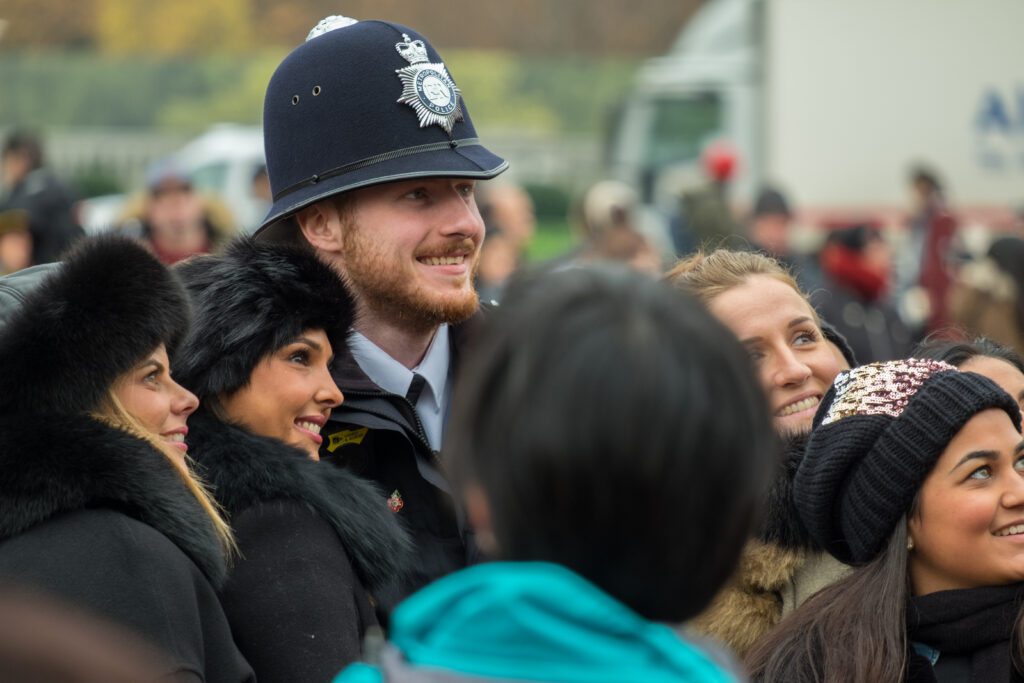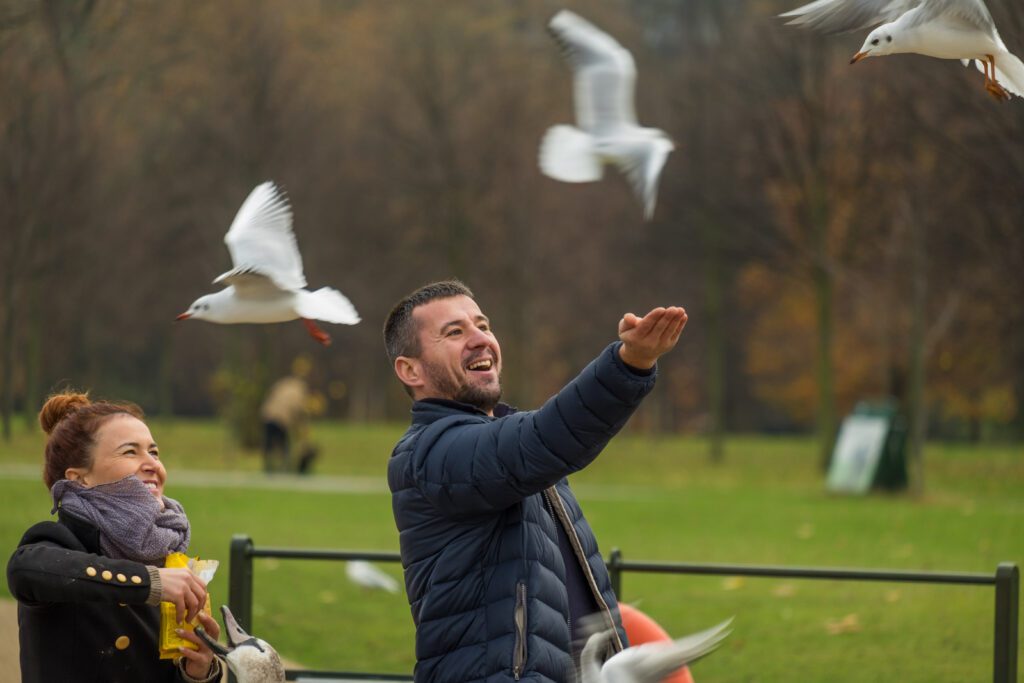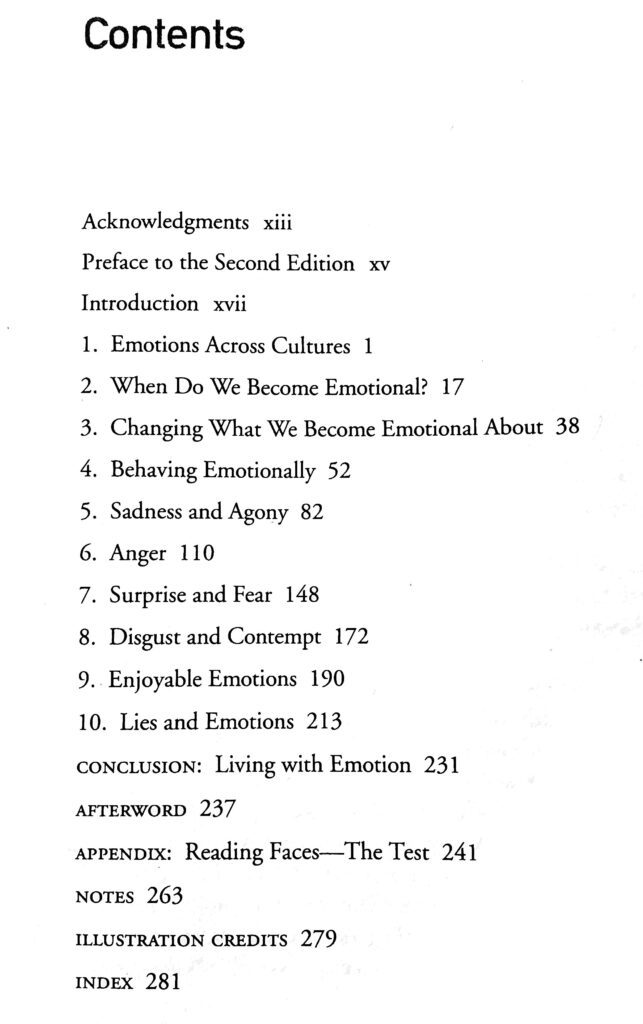Child is fascinated by my camera and watched me as I was working at the Hôpital Baptiste Biblique in Tsiko, Togo, West Africa. [NIKON Z 6, 24.0-105.0 mm f/4.0, Mode = Aperture Priority, ISO 1400, 1/200, ƒ/4, (35mm = 105)]
“You’ll never look at other people in quite the same way again. Emotions Revealed is a tour de force.”
– Malcolm Gladwell
Paul Ekman (born February 15, 1934) is an American psychologist who is a pioneer in studying emotions and their relation to facial expressions. He has created an “atlas of emotions” with more than ten thousand facial expressions and has gained a reputation as “the best human lie detector in the world”.

If you are a professional communicator and haven’t studied body language, I believe Emotions Revealed is a great place to learn about it. Specifically, Ekman explores the facial expressions of people around the world.
Even in the book’s preface, Ekman warns that keen observation alone needs to be verified.
“… carefully using the information you acquire about how others are feeling. Sometimes that means asking the person about the emotion you have spotted, acknowledging how they are feeling, or re-calibrating your reactions in light of what you have recognized.”
– Paul Ekman



If you are a professional communicator and haven’t read Ekman’s work, you are missing out on what all research points to about human communication.
Dr. Mehrabian, in the 1960s, devised a formula to describe what the mind determines to mean. He concluded that the interpretation of a message is 7 percent verbal, 38 percent vocal, and 55 percent visual. The conclusion was that 93 percent of communication is “nonverbal” in nature.
It would be almost 40 years before his research on Ekman helped us to understand some of that Visual Communication.
One of the best parts of the book is the photographic examples he uses throughout the book.
One of the examples is Jack Ruby shooting Lee Harvey Oswald. The photo is in the book. He uses a few photojournalism moments in history to teach us about-face expressions.
Ekman is trying to teach us a new kind of awareness that he calls attentiveness. I believe if you can master the skills of recognizing expressions, you can learn to anticipate them.
If you can anticipate these expressions, you can capture them with a camera and use them to tell the story.
If you react with your camera, very rarely will you capture the tell-tale signs of the visual?
The work of Ekman was used in the TV Series Lie To Me.

